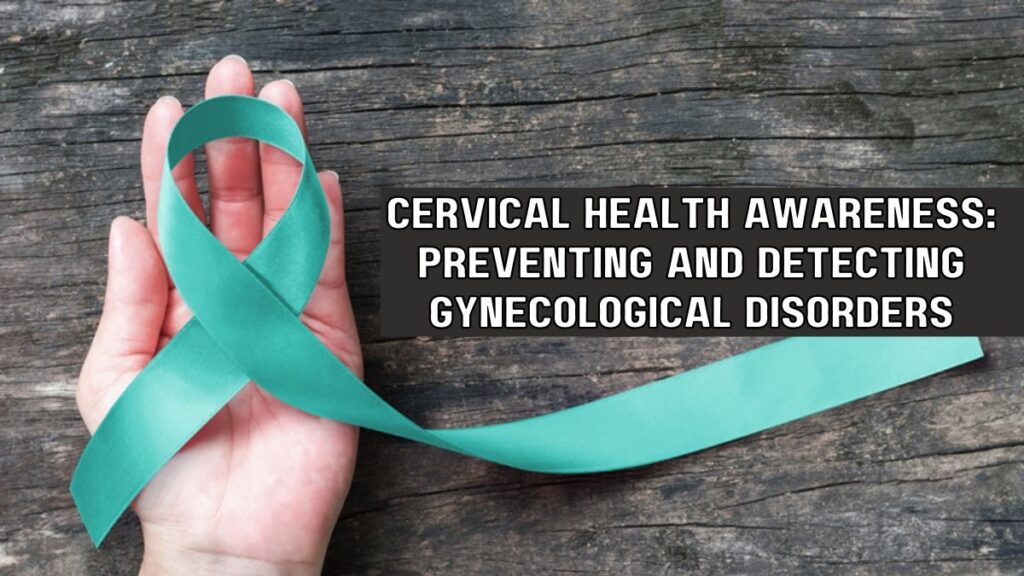Introduction
Cervical health is a crucial aspect of women’s overall well-being, yet it often remains overlooked until problems arise. Cervical health encompasses the prevention and detection of gynecological disorders, including cervical cancer, HPV infections, and various other conditions. In this blog, we will explore the importance of cervical health, discuss preventive measures, and delve into the role of regular screenings and early detection in maintaining a healthy cervix.
Understanding Cervical Health
The cervix is the lower part of the uterus that connects to the vagina. It plays a vital role in a woman’s reproductive system, allowing the passage of menstrual blood and serving as the gateway for sperm to reach the uterus. Maintaining cervical health is essential for overall reproductive health and can have a significant impact on a woman’s quality of life.
Preventing Gynecological Disorders
HPV Vaccination:
Human papillomavirus (HPV) is the most common sexually transmitted infection and a leading cause of cervical cancer. Vaccination against HPV is recommended for both girls and boys as early as age 9, with catch-up vaccinations available for older individuals. This vaccine provides robust protection against the most high-risk HPV strains.
Safe Sex Practices:
Practicing safe sex, including using condoms, can reduce the risk of HPV and other sexually transmitted infections. Reducing the number of sexual partners also lowers the risk of exposure to these infections.
Smoking Cessation:
Smoking is a known risk factor for cervical cancer. Quitting smoking not only benefits overall health but also decreases the chances of developing cervical cancer.
Regular Pap Tests:
Pap tests, also known as Pap smears, are essential for the early detection of abnormal cervical cells. These cells can be precancerous or cancerous, and timely detection allows for prompt treatment.
HPV Testing:
HPV testing is often done in conjunction with Pap tests, and it helps identify specific high-risk HPV strains that may lead to cervical cancer. Combining these tests enhances the accuracy of detection.
Detecting Gynecological Disorders
Early detection of gynecological disorders is key to successful treatment and positive outcomes. Regular screenings and self-awareness are crucial components of this process:
Regular Check-ups:
Schedule regular gynecological check-ups with your healthcare provider. They can perform Pap tests, HPV tests, and physical examinations to monitor your cervical health.
Self-Examinations:
Being aware of your body and any changes in your menstrual cycle, vaginal discharge, or discomfort is important. If you notice anything unusual, consult your healthcare provider promptly.
Follow-Up:
If abnormal results are detected during screenings, follow-up tests and procedures may be necessary. These may include colposcopy, biopsies, or further imaging studies.
Conclusion
Cervical health is a vital aspect of a woman’s overall well-being, and it’s never too early or too late to start taking care of it. By following preventive measures, scheduling regular screenings, and staying informed about your body, you can greatly reduce the risk of gynecological disorders, including cervical cancer. Remember, early detection and timely intervention can make all the difference in maintaining a healthy cervix and a brighter future. Prioritize your cervical health today for a healthier tomorrow.

